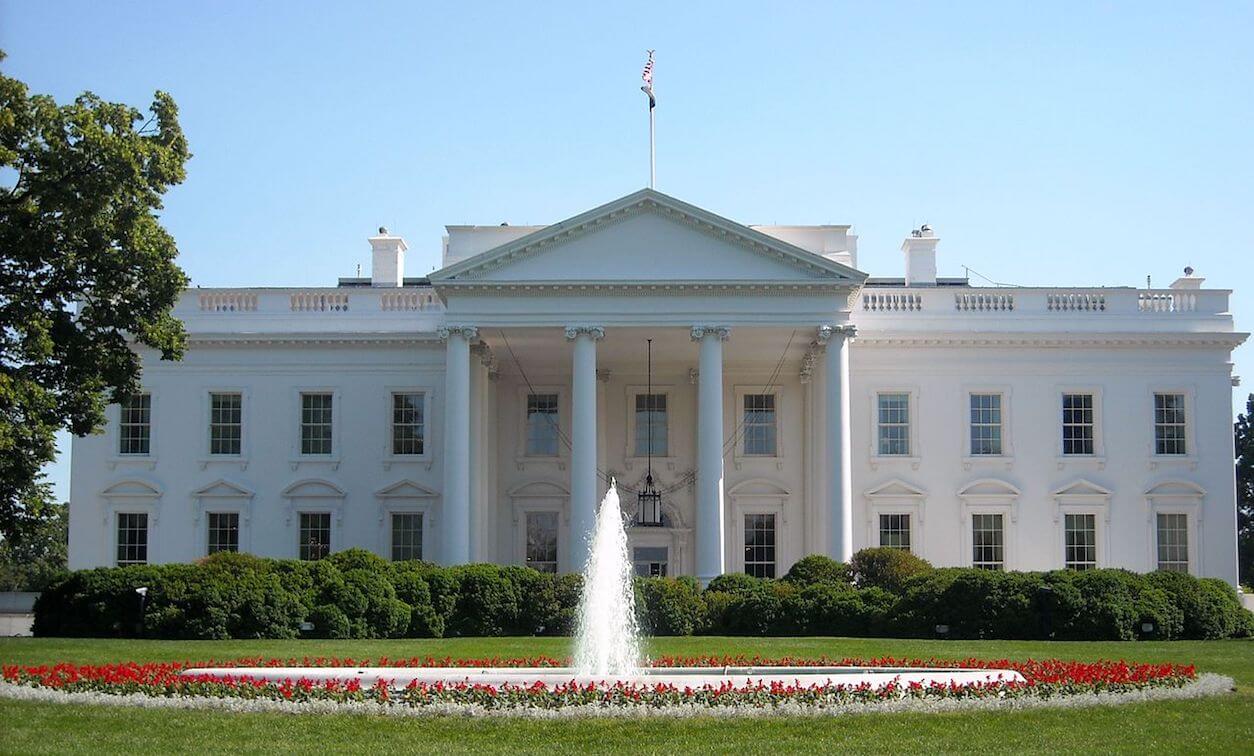All News Is Good News: What White House Press Secretaries Can Teach Us About Brand Building
- Brand leaders are often irrationally afraid of provoking disagreement or courting controversy
- Counter-intuitively, high-performing brands attract much higher levels of positive and negative sentiment in their media coverage
- Strong brands are unafraid to express strong views informed by their firmly held brand values
The recent resignation of Sarah Huckabee Sanders as White House Press Secretary reminded me of a research project I worked on back in the 1990s that involved meeting and interviewing a half-dozen presidential press secretaries. It was a lesson in how to conduct media relations from the experts who had represented the Carter, Reagan, Bush and Clinton administrations. Despite the partisan divide, they all had immense respect for each other. They knew how to fight for their side, but they had a shared respect for the White House press corps and for the truth.

In one of these meetings, we discussed the Iran-Contra scandal of the 1980s, which tainted the legacy of the Reagan administration in its closing years. One press secretary recalled that when the news first hit The New York Times, President Reagan asked only one question: “Was I smiling in the photograph?” Smiling himself, the press secretary explained that Presidents and their staff aren’t afraid of negative news coverage and need to know how to navigate a major crisis – and understand the difference between the two. The lesson is, when things get rough and a crisis blooms, always smile at the camera.
I was recalled this lesson when I conducted new research into how high-performing brands conduct their media relations, and what distinguishes them from lower-performing organizations. I examined a full year’s media coverage for about 50 B2B companies, half of which were drawn from the top 10 percent of companies in the Fortune 500, ranked by revenue growth, and half from the bottom 10 percent. I examined numerous data points spanning social and conventional media, including the sentiment of the news coverage for all the brands selected (that is, the tone of feature news stories about the brands, marked as negative, neutral or positive). Our “Captain Obvious” hypothesis was that high-performing companies would enjoy much more positive media coverage than low performers. Indeed, that’s what we found: The high performers had, on average, more than 130% more positive feature coverage (we compared lagging media sentiment data, prior to revenue reports). However, we were shocked when we looked at negative sentiment in feature news coverage: The same high-performing companies also had over 100% more negative coverage!
At first, this finding didn’t seem to make any sense. How could high-performing companies have more positive and negative news coverage? It was only when we dug into the data that an explanation came into focus. These high-performing companies expressed strong opinions and invited debate. They weren’t shy. They may have not invited controversy, but they didn’t avoid it. They took stands, and they expressed views. They engaged with audiences in an exchange of ideas. They had personality. This is why they are more often the center of the news – indeed, the instigator of news – than low performers.
We brand and communications professionals are often guilty of focusing just on the positive news, under duress from senior management. We all chase the “good news” story. In my career running PR programs for B2B brands, I know I did this. And don’t get me wrong – positive coverage and sentiment are great. But leaders in their market lead, and that can involve taking positions and expressing opinions that invite dissent and create a reaction. We shouldn’t be afraid of this. It’s the lesson that White House press secretaries knew well. They understand the need to incite interest, and that often meant firing up the base. It results in a lot of heated debate and disagreement, but they know it’s largely a good thing.
I’m arguing here for brands to stake out opinions and engage in debate, and to be more realistic about the positive and negative coverage this generates across social and conventional media. The first step in this journey is to understand your brand values, and the mission and vision that underpins them. This is the North Star that will guide how you build a communications strategy that is bold, thoughtful and opinionated.
